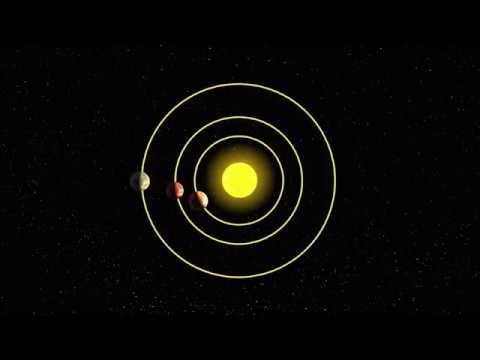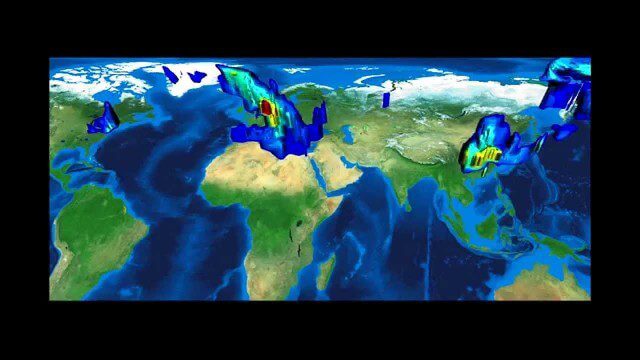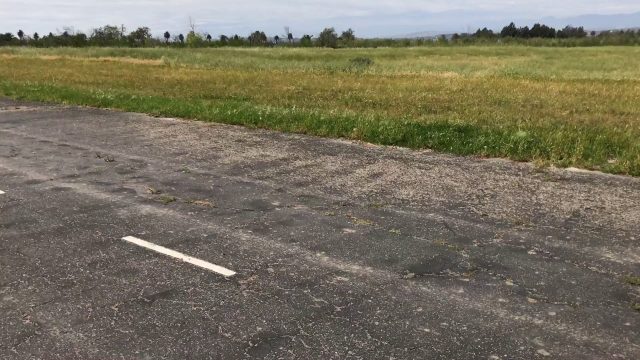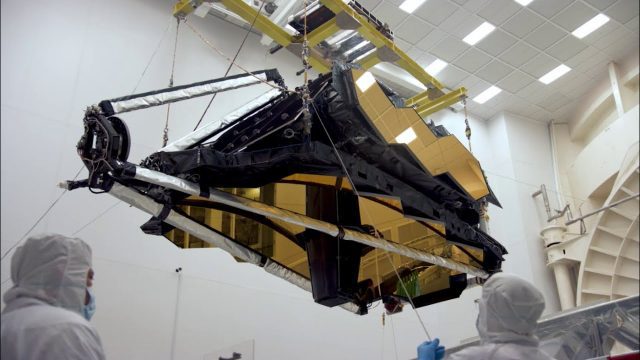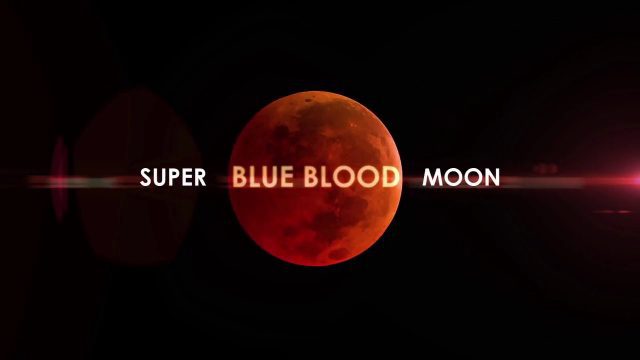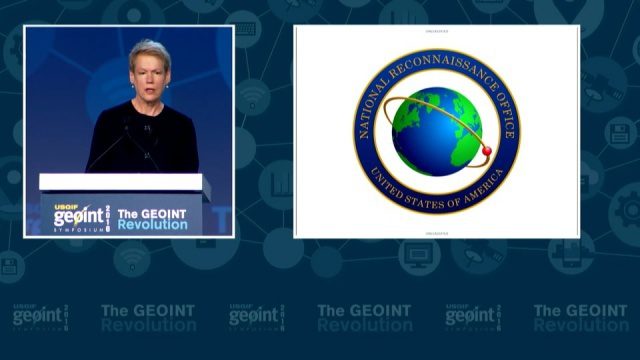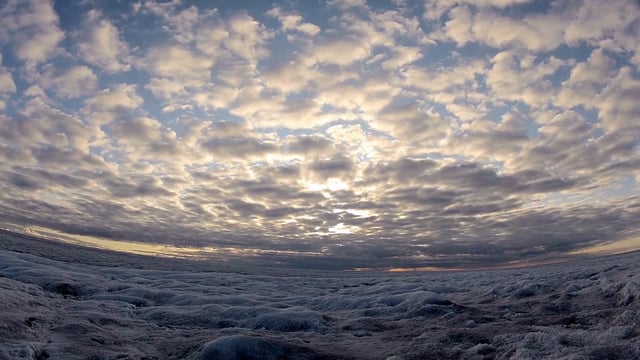Category: Found on the Internet
AI and NASA Data Used to Discover Eighth Planet Circling Distant Star
4.13K Views0 Comments0 Likes
Our solar system now is tied for most number of planets around a single star, with the recent discovery of an eighth planet circling Kepler-90, a Sun-like star 2,545 light years from Earth. The planet was discovered in data from NASA’s Kepler space telescope.
FFDAS Carbon Dioxide Emissions
4.20K Views0 Comments0 Likes
This video provides an overview of the Fossil Fuel Data Assimilation System (FFDAS). This system quantifies fossil fuel CO2 emissions for the whole planet at 10 km every hour for the 1997 to 2011 time period. We show both the fluxes of FFCO2 leaving the planet's surface and the realization of those fluxes in the atmosphere using an atmospheric transport simulation.
2017 Drone Data Race
4.26K Views0 Comments0 Likes
On April 22, 2017, the Aerial and Aquatic Robot Research group (AARR) of the California State University Channel Islands hosted the first Drone Data Race in Camarillo, CA.
ESA Preview 2018
4.29K Views0 Comments0 Likes
After a fruitful 2017 with many exciting launches and the end of some historic missions, ESA is ready for the year to come.
Planet Earth 100 Million Years In The Future – What will happen to our world?
4.31K Views0 Comments0 Likes
Planet Earth 100 Million Years In The Future - What will happen to our world? This is an HD documentary from WORLD GEOGRAPHIC CHANNEL.
NASA’s James Webb Space Telescope Arrives
4.34K Views0 Comments0 Likes
The optical telescope and integrated science instrument module (OTIS) of NASA's James Webb Space Telescope arrived at Northrop Grumman Aerospace Systems in Redondo Beach, California, on Friday, Feb. 2.
Super Blue Blood Moon and Lunar Eclipse
4.40K Views0 Comments0 Likes
Jan. 31, 2018, brought a lunar trifecta: the super blue blood Moon! Starting at 5:30 a.m. Eastern, NASA TV offered a livestream of the Moon. This full moon is the third in a series of “supermoons,” when the Moon is closer to Earth in its orbit -- known as perigee -- and about 14 percent brighter than usual.
A Celebration of Clouds
4.40K Views0 Comments0 Likes
Clouds can be a nuisance when scientists are trying to observe features on Earth's surface. But at other times, clouds are exactly what they want to see. These images highlight some of the more unusual and beautiful...
GEOINT Keynote: Betty J. Sapp, Director, NRO
4.43K Views0 Comments0 Likes
The U.S. Geospatial Intelligence Foundation (USGIF) recorded the keynote speech of Betty J. Sapp, director, National Reconnaissance Office, at the 2016 GEOINT Symposium on May 16, 2016, in Orlando, Fla.
SWIPA 2017: Snow, Water, Ice and Permafrost in the Arctic
4.50K Views0 Comments0 Likes
A video summarizes information products and materials presenting the results of the 2017 Snow, Water, Ice and Permafrost in the Arctic (SWIPA) assessment coordinated by the Arctic Monitoring and Assessment Programme (AMAP).













